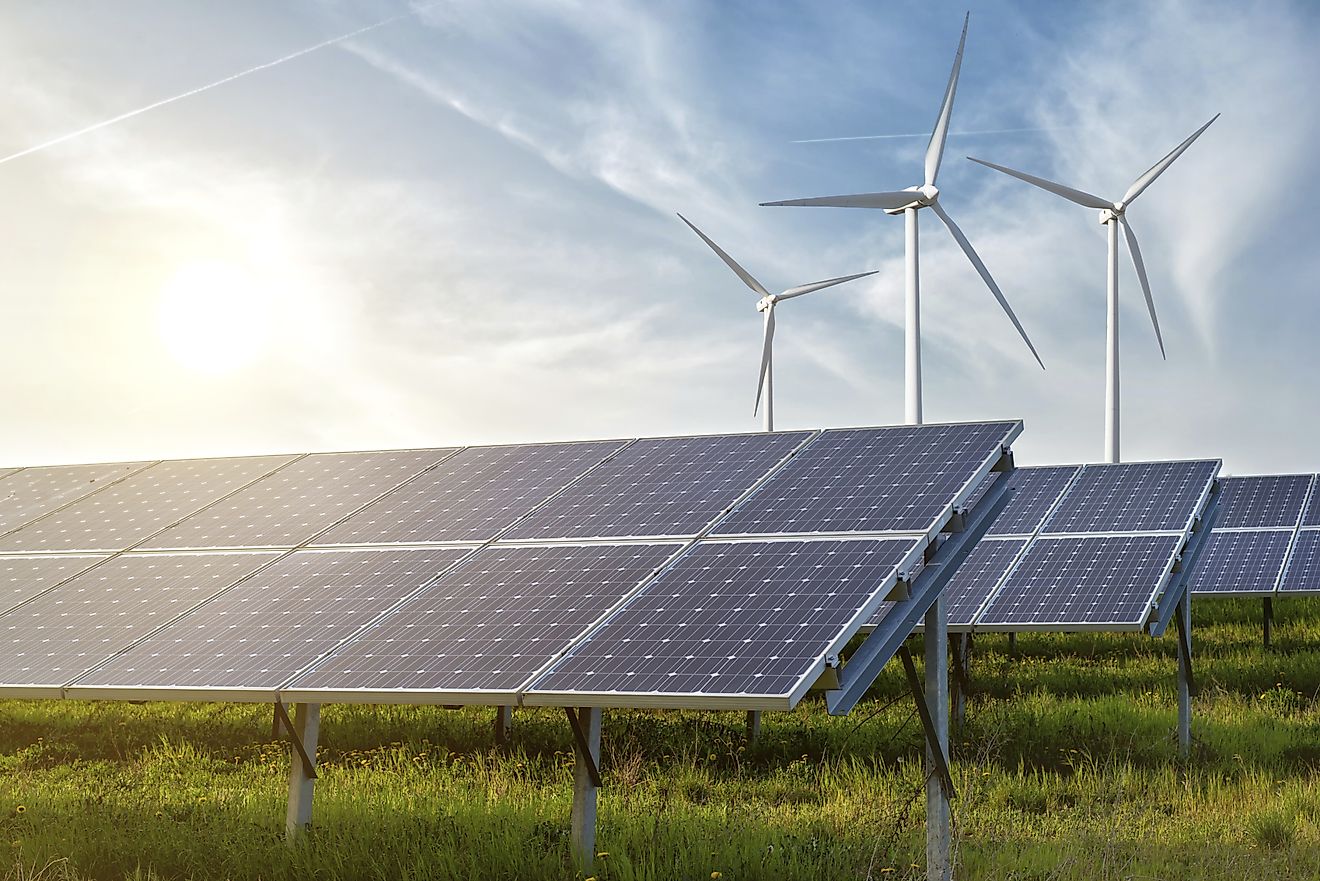Countries With the Most Renewable Energy

Renewable energy exploration, development and demand has always been on an upward trend. Factors such as environmental impact, depleting fossil fuel stocks and volatile oil prices have had a significant impact on the desire to increase the generation of renewable energy. Between 2010 and 2014, renewable energy consumption of the top countries has effectively doubled from 168 million tons to 316 million tons of oil equivalent.
China leads the way with 1,398,207 GWh (Gigawatt hours) of renewable energy. Although China has been prominently featured as a heavy polluter due to its vociferous appetite for oil, it actually ranks first worldwide for renewable energy production. The expansion of renewable energy consumption has been due to China’s unique position as a technological innovator. This has led to a reduction in the cost of installing solar cells and wind power stations. The United States comes in second place with 572,409 GWh. In recent years, the generation of power non-fossil fuel or nuclear electricity in the United States has steadily been increasing. This push for clean energy in the US has been motivated by the American Recovery and Reinvestment Act of 2009.
Wind and solar power are considered the most effective and affordable sources of renewable energy. Although they trail hydropower by a great margin, the environmental and social impact of wind and solar make them most favorable for development globally. China had the highest wind power installed capacity followed by the United States.
The push for wind power as a very lucrative energy source is being boosted by development in the technology available and accomplishments of completed projects. This was demonstrated on 9th July 2015 when Denmark generated 140% of her electricity demand from wind turbines. Denmark is on record as having the highest per capita installation of wind generated power with 700MW per every million people. This certainly caused a tinge of envy for the UK who are pushing for lowering costs of wind power to be equal to gas costs by 2020. Private firms are also jumping on the wind bandwagon. Google recently unveiled plans to buy a 13% stake in a wind power project in Kenya. The 310 MW station is expected to be operational by 2017.
While the common trend is of increase in renewable energy generation and consumption, some regions are actually favoring fossil fuel use over renewable energy. The collapsing oil and gas prices from 2014 have led to renewable energy sources being threatened, especially in the Middle East where oil is used for power generation. But in comparison of the oil price effects of the 1970s and 1980s, the impact should not be severe. The major oil consumers primarily use renewable energy for electricity generation. Therefore the development and renewable energy consumption of the top countries should maintain an upward trajectory.
Renewable Energy By Country
| Rank | Country | Total Renewable Energy (GWh) |
|---|---|---|
| 1 | China | 1,398,207 |
| 2 | United States | 572,409 |
| 3 | Brazil | 426,638 |
| 4 | Canada | 418,679 |
| 5 | India | 195,242 |
| 6 | Germany | 193,735 |
| 7 | Russia | 170,077 |
| 8 | Japan | 169,660 |
| 9 | Norway | 140,240 |
| 10 | Italy | 109,962 |
| 11 | Sweden | 103,067 |
| 12 | Spain | 95,660 |
| 13 | France | 90,940 |
| 14 | United Kingdom | 87,083 |
| 15 | Turkey | 81,911 |
| 16 | Venezuela | 74,240 |
| 17 | Vietnam | 55,742 |
| 18 | Paraguay | 55,190 |











